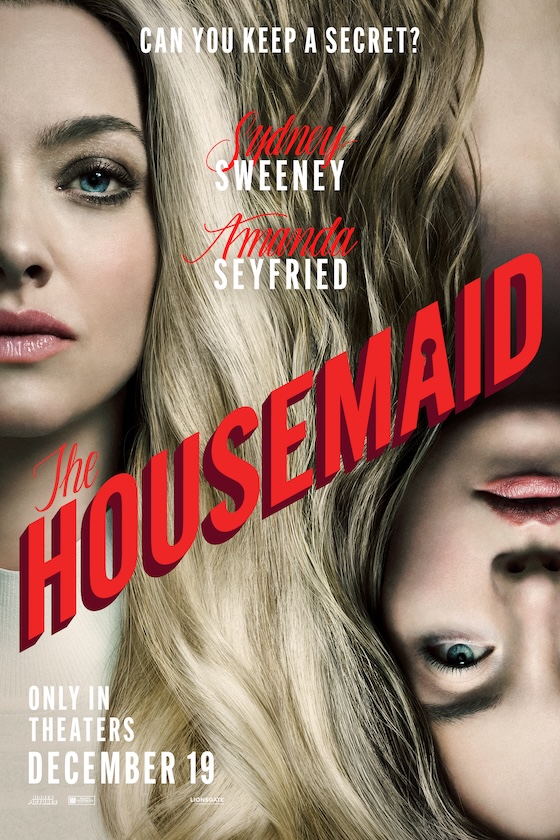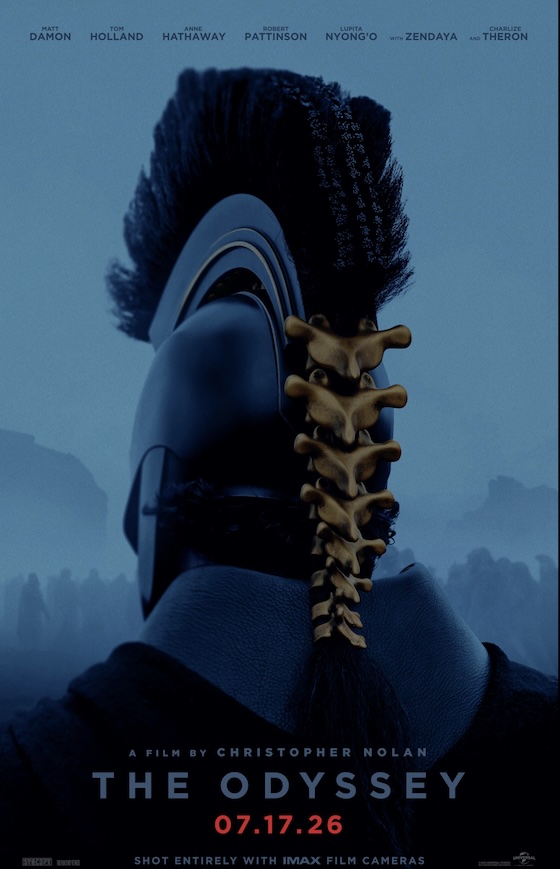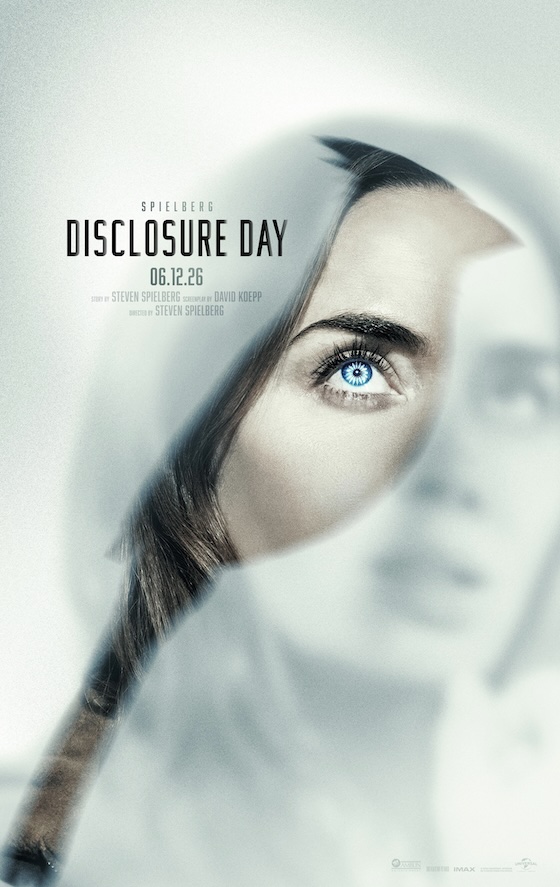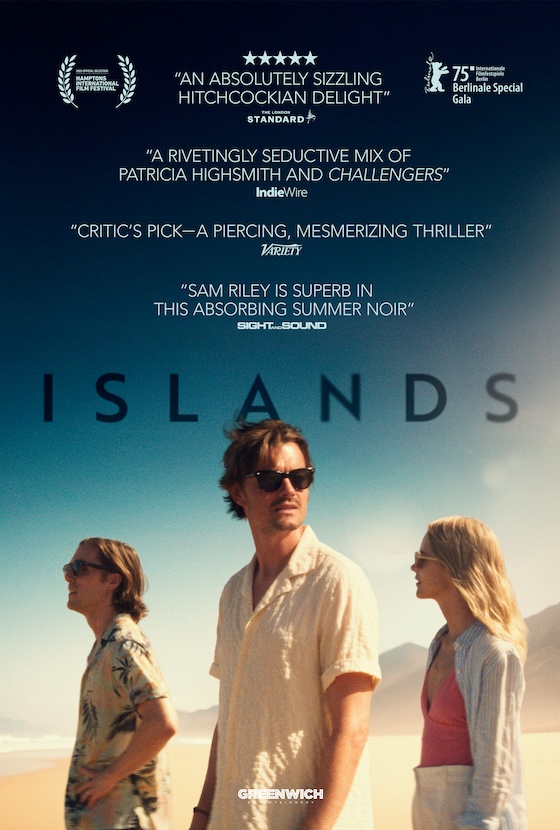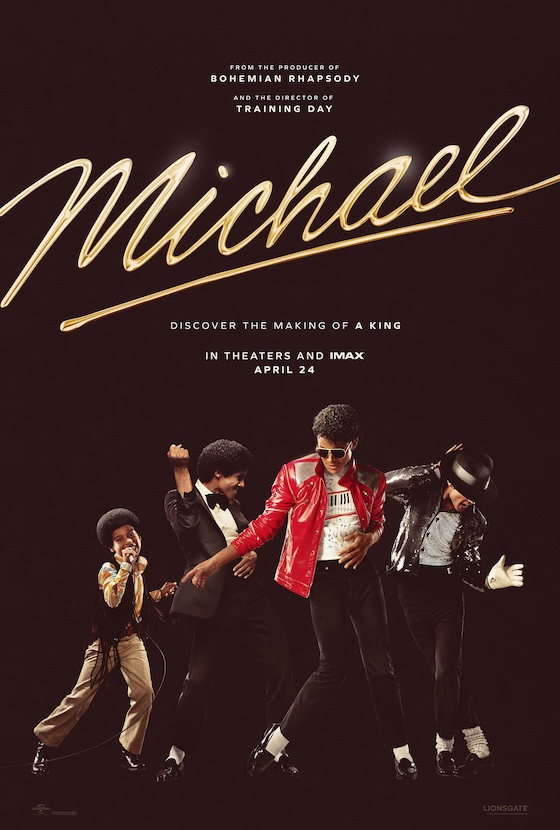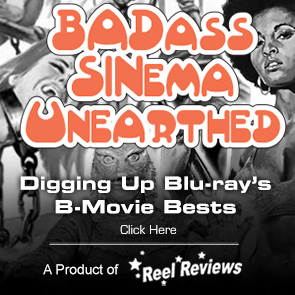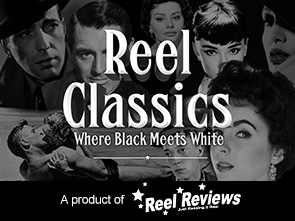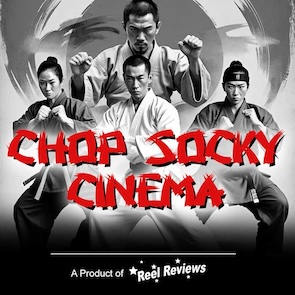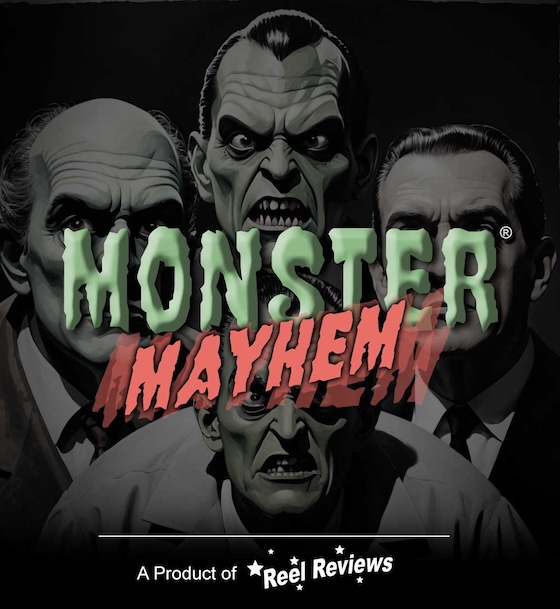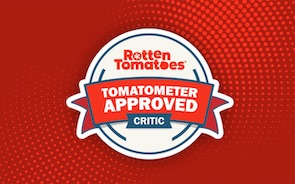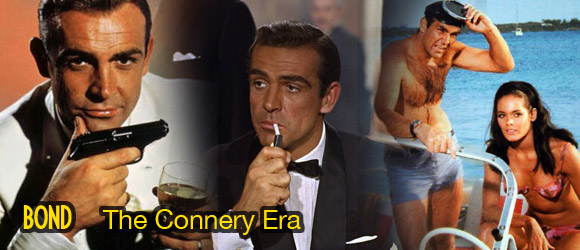
Ian Fleming’s creation had captured the world by storm, so much so even President Kennedy had listed one of Fleming’s James Bond novels as a favourite read. There had been interested parties in developing Bond from the first novel, Casino Royale, and in 1954 CBS made a one hour television adaptation starring Barry Nelson as ‘Jimmy Bond’ for their Climax Mystery Theatre anthology series. It arrived and left with barely the raise of an eyebrow.
As the Sixties dawned, producers Harry Saltzman and Albert R. Broccoli secured a deal to bring Bond to the big screen through United Artists. With a 1 million dollar budget, their search for who would fill Bond’s shoes began. Cary Grant was desired, and was a friend of Broccoli’s, but the producer knew that he would only do one picture, and they were hoping to create a franchise (before franchises were the thing to do). A lot of names were bandied about, including David Niven, who played Bond in the spoof Casino Royale; Richard Johnson, Patrick McGoohan and Richard Todd—a Fleming favourite for the role. Roger Moore, according to Harry Saltzman, was considered, but Moore states he was never offered the part until 1973.
At the end of the day, after competitions to find Bond, offers and rejections, it was a 30 year old ‘scruffy’ looking Scotsman that won over the producers and newly throned director Terrence Young. Sean Connery was an actor with many productions under his belt, but nothing that had made him a star in any sense of the word. He was tall, muscular, and physically really nothing like the suave, lean anti-hero of the Fleming books. Fleming himself is reputed to have said he did not approve of Connery’s casting, and referred to him as ‘an overgrown stuntman’.
But Connery, to all who witnessed his transformation, was a diamond in the rough. Under the scruffy brusque exterior of the man, they saw the raw materials in him to create something spectacular. He had presence, magnetism, confidence, and under the tutelage of director Young—who oozed the sophistication and want for the finer things in life that Bond in the novels possessed—Connery would fit the character as well as Bond did his finely tailored Savile Row suits.
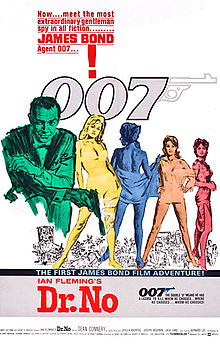 Dr No was chosen as the first adaptation, since the producer’s first choice, Thunderball, was tied up in the courts with Fleming and writer Kevin McClory at loggerheads. The modestly budgeted production is responsible for two of the most iconic screen moments in cinema history: leading lady, Ursula Andress, emerging from the water clad in a beautiful bikini onto a pristine beach; and Connery’s introduction as Bond at a baccarat table, uttering the iconic line, “Bond, James Bond.”
Dr No was chosen as the first adaptation, since the producer’s first choice, Thunderball, was tied up in the courts with Fleming and writer Kevin McClory at loggerheads. The modestly budgeted production is responsible for two of the most iconic screen moments in cinema history: leading lady, Ursula Andress, emerging from the water clad in a beautiful bikini onto a pristine beach; and Connery’s introduction as Bond at a baccarat table, uttering the iconic line, “Bond, James Bond.”
Reviews of the time were decidedly mixed, with many not knowing what to make of a hero that could kill an unarmed man, or the mix of espionage and the more outlandish elements of the story (Dr No’s metallic hands; the elaborate villain’s lair, etc.) However, what compelled more than anything else from Bond’s first outing was the box office, and with nearly 60 million taken from a 1 million dollar outlay, there was no doubt that James Bond would return.
From Russia With Love would cement some of the Bond conventions that exist to this day, including the pre-credit sequence, the titles with a song playing over the top of them, Desmond Llewelyn’s debut as Q, and the assurance at the end of each credits that Bond would return (and for many years, the title of the next picture).
Connery really had command of this character from his first scene in the first movie, but FRWL cemented the persona by which all other actors would be judged; his immersion and physicality as Bond is hard to match. It is still regarded by many to this day as Connery’s finest and one of the best Bond movies ever made, and it out-earned Dr No by nearly 20 million dollars.
Goldfinger would complete Bond’s ascension to phenomenon and blockbuster status. Terrence Young bowed out of the director’s chair, due to a pay dispute, and Guy Hamilton took the reins. Gadgetry and the more fantastical elements that would escalate through the next few films were predominant in this one. Connery also had a pay dispute with the producers that was only resolved mid-production, which saw him with a 5% cut on all future Bond grosses. Merchandise, including Corgi Aston Martins, lined store shelves, and crowds lined up in their droves. There were two iconic villains, witty dialogue and iconic double entendre. On a 3 million dollar budget, they recouped nearly 125 million. There was no doubt anymore: Bond was here to stay. Soon everyone was trying to get in on the Bond bandwagon, and the Sixties spy genre boom was born. Sadly, Bond’s creator Ian Fleming would pass away one month before the film released in 1964.
Legal disputes between Kevin McClory and Ian Fleming were settled (momentarily at least) enough so that an adaptation of Thunderball could be made. By all accounts, considering the scale of this production—on a budget of 9 million; 6 more than Goldfinger—it was fortuitous this entry was the fourth in the series, instead of being the first, as it would not have had the budget to pull it off satisfactorily. This was also the film in which Connery started to publically show his fatigue with the role and the attention it brought him: "I find that fame tends to turn one from an actor and a human being into a piece of merchandise, a public institution. Well, I don't intend to undergo that metamorphosis." –Connery, November 1965 to Playboy magazine. The production value of this entry is vast, but there are those that believe this is where Connery simply started going through the motions. He was not happy with the increasing fantastical elements, the press intrusions during shooting, and was having marriage troubles. At this point, James Bond was not a happy man. I don’t think all the publicized negativity that surrounded this film affected its enjoyment factor at all. Yes, it was far more spectacle that substance, story-wise, but it’s a damn fun adventure to watch. Audiences of the time must have agreed, because the film went on to gross 141 million dollars.
Connery’s displeasure didn’t wane as plans for the next Bond film got underway, and during production it was announced You Only Live Twice would be his last as 007. His fifth outing would be the most outlandish; written by the creator of Willy Wonka, author Roald Dahl, this one would be the first of the Bond films to depart dramatically from the novel and its excesses made it rife for parody, with an over the top, cat stroking villain (an excellent Donald Pleasance) and a huge volcano lair. This was also the first of Connery’s Bond entries to take less at the box office, though at 111 million no one could call it failure by any measure.
The future was uncertain. The concept of someone else taking over for an actor, who, for the entire world, embodied this iconic character, was difficult to imagine. Sean Connery was James Bond, and although YOLT was financially a lesser success than Thunderball, audiences were not at all enthused for a new face as 007 (more on that in Bond: The Lazenby Year).
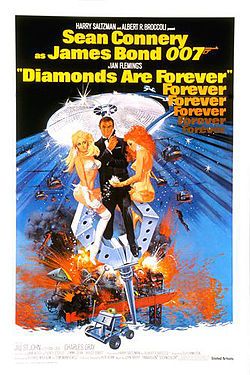 Four years would pass, and audiences thirst for Connery’s 007 would grow ravenous. George Lazenby, the brave man who filled Connery’s shoes, has decided not to return to the role, and producers Broccoli and Saltzman had wondered if a radically different interpretation of the character was the only way to continue the series. 007 would now be American, and actor John Gavin was cast to play to role. However, United Artists were nervous, and they eventually insisted that the producers get Sean Connery back at any cost. There was reluctance on both parties’ desire to even consider it, but after Ursula Andress was dispatched to make the offer, Connery agreed to a one picture return for the astronomical sum of 1.5 million (all of which he donated to the Scottish International Education Trust) in addition to UA financing some of his future non-Bond film projects.
Four years would pass, and audiences thirst for Connery’s 007 would grow ravenous. George Lazenby, the brave man who filled Connery’s shoes, has decided not to return to the role, and producers Broccoli and Saltzman had wondered if a radically different interpretation of the character was the only way to continue the series. 007 would now be American, and actor John Gavin was cast to play to role. However, United Artists were nervous, and they eventually insisted that the producers get Sean Connery back at any cost. There was reluctance on both parties’ desire to even consider it, but after Ursula Andress was dispatched to make the offer, Connery agreed to a one picture return for the astronomical sum of 1.5 million (all of which he donated to the Scottish International Education Trust) in addition to UA financing some of his future non-Bond film projects.
Diamonds Are Forever would go on to out-gross You Only Live Twice marginally, but the film itself was met with a lukewarm reception. Set in Las Vegas, the film’s edging into camp in the wake of the more seriously toned On Her Majesty’s Secret Service, and the feeling that it wasn’t a worthy addition to the Connery canon, became a hard pill for audiences and critics alike to swallow. While all seemed to enjoy seeing Connery again, nostalgia alone was not enough to stem the concern that maybe James Bond had outstayed his welcome. Connery’s last Eon Productions Bond film would be his weakest, and, to some Bond aficionados, it was an unworthy send off for him.
After 9 years, the tall muscular Scotsman had accomplished what few can: he went from an unknown scale player to an icon. His interpretation of Bond was electric; his presence in every scene was palpable. He was charismatic, alluring to women, enviable to men, ruthless and brutal without compromising his appeal. All who have followed him revere his interpretation, and all who continue to enjoy the Bond movies are universal in their praise. The series owes him its life. Fleming created Bond, Broccoli and Saltzman had the audaciousness to bring him to the screen, but it was Sean Connery who made him a living, breathing legend.
Check out part two of the Bond series - Bond: The Lazenby Year
Check out part three of the Bond series - Bond: The Moore Era - (1973-1985)
Check out part four of the Bond series - Bond: The Dalton Era (1987-1989)
Check out part five of the Bond series - Bond: The Brosnan Era (1995-2002)
Check out part six of the Bond series - Bond: The Craig Era (2006- )
Also, don't miss our review of Bond 50, the massive set of all 23 James Bond movies meticulously remastered on blu-ray.

